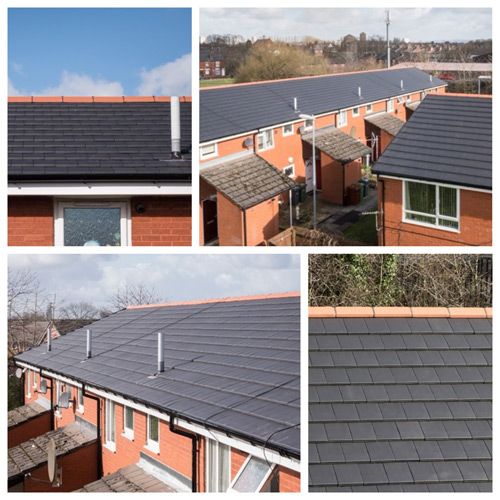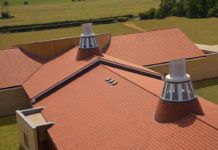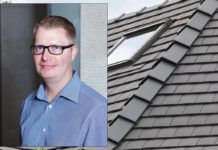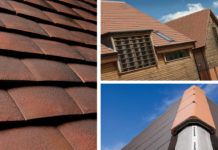 There are somewhere in the region of 27 million households in the UK, with over four million of them being classed as social homes.
There are somewhere in the region of 27 million households in the UK, with over four million of them being classed as social homes.
Many social homes are owned, let and managed by housing associations, usually set up as not-for-profit organisations, some being registered charities with their revenue acquired through rent being ploughed back into the acquisition and maintenance of property.
Housing Associations are unique to the UK, originally emerging in the post-Industrial revolution years of the 19th century. They grew in importance in the 1960s and 70s with the increase in emphasis on social inclusion. Limitations imposed on council housing by the government in the 1980s enabled them to take over a much bigger share of the social housing market, increasing in size and importance. In recent years, housing associations have been put under increasing pressure to be accountable and to provide value for taxpayer’s money.
It is against this background that I make the case for the importance of ensuring that all roofing works, whether new build or re-roofing, are designed and carried out to a high and maintenance-free standard.
Complete roof specs
Social housing property owners now increasingly recognise the value of complete roof specifications; i.e a specification that carefully considers every roof component to ensure that the finished roof works as a ‘system’, rather than a randomly put together collection of products. The various components do not necessarily need to come from one supplier, so long as the interaction of each piece of the roofing ‘jigsaw’ is carefully considered. Any building owner will value the peace of mind that a long-term roof guarantee gives, though for social housing owners in particular, a guarantee for a set period enables them to budget accurately their future maintenance costs.
The industry has moved away from a reliance on mortar to keep roofing materials in place and towards mechanical and dry fixing, with systems for use at, for example, ridge, hip and verge. These are generally proprietary systems, requiring their own unique installation methods. Therefore, it is important to understand the performance characteristics of each system and to assess its suitability within a particular roof design. The wide scale adoption of dry fix systems in the UK has heralded the birth of the maintenance-free roof, though this can only be true if all the components are reliable and correctly installed in accordance with the manufacturer’s instructions. The forthcoming British Standard for Dry fixed ridge, hip and verge systems – BS 8612 – will finally give the industry appropriate standards and specifications for these dry fixed products.
A great example of a whole roof specification is Wienerberger’s RoofSpec system. This provides the client with total piece of mind by guaranteeing that the specification fully complies with all current legislation and Codes of practice. In addition, by installing fully in accordance with the specification using the products specified, the roof system is guaranteed to perform properly and remain watertight and durable. RoofSpec is also available online at www.wienerberger.co.uk. This service is ideal for a client who wishes to produce a bespoke specification quickly. The software asks a few simple questions and then produces a comprehensive specification. Anyone can use the service and, for registered users who log-on, the system will produce a bespoke RoofSpec guarantee certificate. The great thing about RoofSpec on-line is that it enables the user to generate specifications very simply, with safeguards to prevent inappropriate specifications. RoofSpec also ensures the correct level of roofspace ventilation for the appropriate roof design and ceiling type combined with vapour and air-permeable underlays.
Of course, it can be taken as read that a correctly designed and constructed roof, with good quality components, will actually last much longer than commercial guarantee periods; clay and concrete tiles in particular may be guaranteed for 30 to 60 years, though have a life expectancy far in excess of that. Nevertheless, the important point is that a known maintenance-free period provides cost certainty for the building owner.
The risk for the client, or indeed for anyone involved in the whole design-to-build process, is that if the roof is not properly specified, or if components have been substituted for non-specified products and anything goes wrong with the roof, there may not be a clear line of responsibility. Ultimately, the building owner will end up with the liability for the costs of rectifying faults and maintaining the roof.
In summary:
- To ensure the optimum performance of the whole roof system only use fittings and accessories specified by the tile manufacturer.
- Bespoke accessories and systems designed to fit particular roof tiles are generally a better fit and many are a closer match in colour and texture.
- A comprehensive specification will ensure that the roof design and installation complies with Building Regulations and Standards.
- Reduce the potential risk from defects by adhering to a comprehensive specification – try to take advantage of specifications backed by the manufacturer’s warranty.



